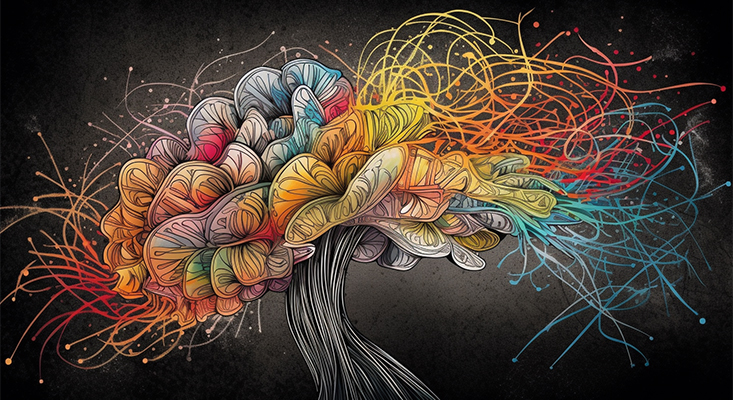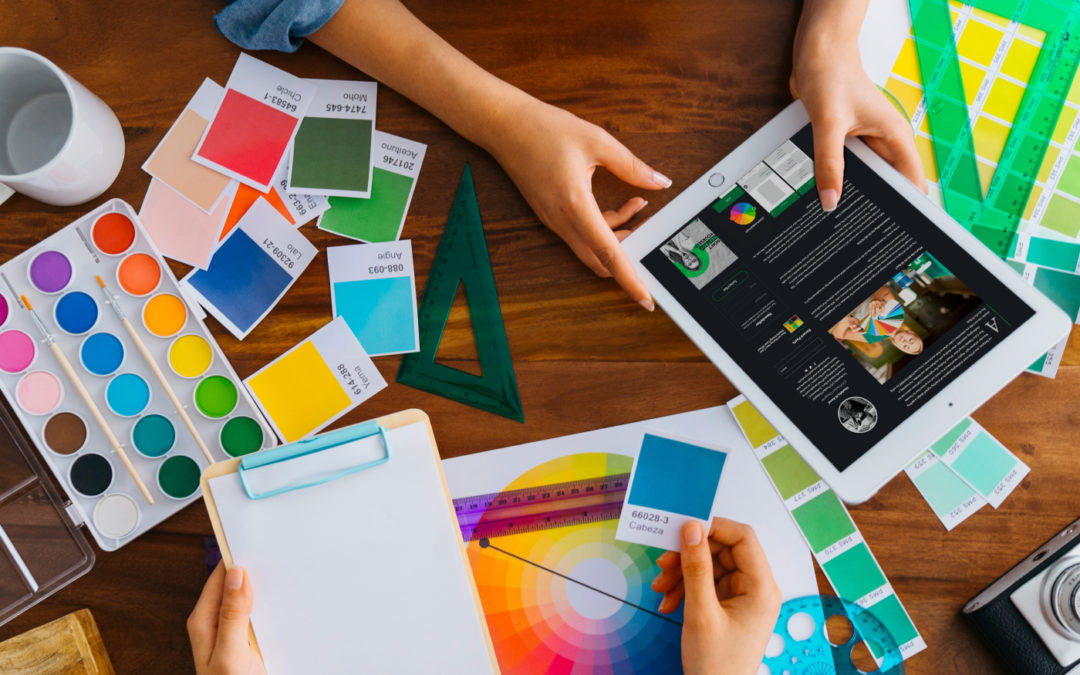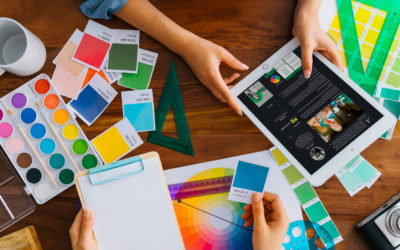There was a memorable moment early in my UX design career when I took on the task of redesigning a local bookstore’s website. Eager to showcase my abilities, I bypassed sketching and plunged headfirst into digital design tools. The result? A hurtful cycle of endless revisions, tweaks, and adjustments left me feeling lost and frustrated. Desperate for a way out of the seemingly unending edits, I pushed away from the computer and picked up a pencil and paper.

The Power of Sketching: A Neurological Perspective
Sketching on the paper provided a direct line from my brain to my hand, a tangible, malleable medium to rapidly iterate, erase, and redraw. This simple act of sketching was more than just a step in the design process; it was a neurological activity.
Neuroscience studies have shown that the act of sketching stimulates a wide range of brain regions, including those responsible for motor control, touch, and spatial cognition, all of which work together to enhance creativity and idea generation. Furthermore, a study by Mueller and Oppenheimer in 2014 showed that participants who took notes manually demonstrated a better understanding and memory retention than those who typed notes. The physical act of writing or sketching taps into our cognitive abilities, promoting better comprehension and recall of ideas.

Sketching vs. Digital Design
As Don Norman, the author of “The Design of Everyday Things“, aptly puts it, “Design is really an act of communication, which means having a deep understanding of the person with whom the designer is communicating.” Both sketching and digital design play critical roles in this communication process, each with its own benefits and drawbacks, as I learnt lastly from Colman Walsh, CEO & Founder, Ux Design Institute

Transitioning from Sketching to Digital Design
Remember, sketching aims not to create a perfect representation but to externalise your thoughts, identify potential problems, and refine your ideas. Once you have iterated enough with a pencil, the transition to a digital design tool can be done with a clear vision and confidence.
Conclusion
The mantra “pencil before pixels” is not a nostalgic nod to the past; it recognises a valuable skill that harnesses your brain’s creative and problem-solving power. It is a way to promote innovative thinking, speed up the design process, and build more user-centric designs.
So, the next time you start a new project, consider picking up a pencil first. Test your ideas, iterate, and leap to pixels when you are confident. Why not give it a try? Pick a pencil, start sketching your ideas, and see how it transforms your design process. And do not forget to share your experiences in the comments section.
Don’t miss out on the chance to see my Instagram post, which is full of valuable tips and tricks for designing apps.
SEE YOU IN THE NEXT POST… STAY CREATIVE








0 Comments